Aleppo pepper is a moderately spicy chili pepper originating from Aleppo, Syria, known for its fruity, smoky flavor and versatile use in Middle Eastern and Mediterranean cuisine. Unlike hotter chilies that focus solely on heat, Aleppo pepper offers a balanced taste profile that enhances dishes without overwhelming them.
In this guide, we'll cover everything you need to know about Aleppo pepper, including its history, flavor profile, heat level, culinary uses, and how to buy authentic Aleppo pepper.
Table of Contents
- What Is Aleppo Pepper?
- Flavor Profile & Heat Level
- Aleppo vs. Other Chili Peppers
- How to Use Aleppo Pepper in Cooking
- Buying Guide: Choosing the Best Aleppo Pepper
- Storage Tips for Freshness and Flavor
- Frequently Asked Questions About Aleppo Pepper
- Conclusion
What Is Aleppo Pepper?
Aleppo pepper—named after the city of Aleppo in Syria—is a type of chili that's been cultivated and used for centuries in Middle Eastern and Mediterranean cuisines. Known for its rich color, fruity undertones, and moderate heat, it's often compared to both paprika and cayenne, but with a much more complex flavor profile.
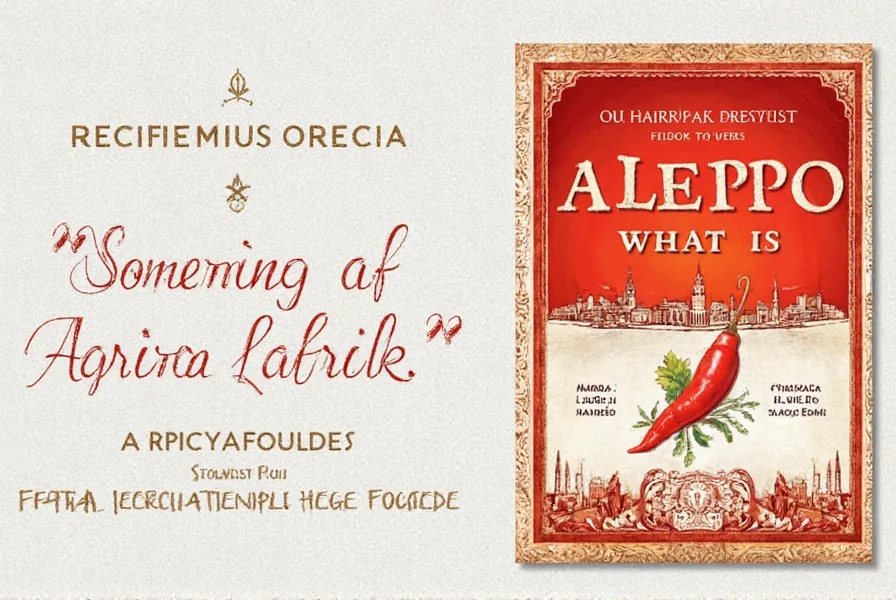
The peppers are typically sun-dried and then ground into flakes or powder. In some cases, oil may be added to give them a slightly sticky texture, which helps them adhere to dishes like kebabs, flatbreads, and stews.
Historical Roots
Before the civil war in Syria disrupted many traditional agricultural practices, Aleppo was one of the main centers for high-quality Aleppo pepper production. The region's climate provided ideal growing conditions—hot summers and cool winters—resulting in deep-red, flavorful pods.
Today, while genuine Syrian Aleppo pepper remains rare and highly prized, similar versions are now produced in Turkey, Lebanon, and even parts of California where the climate allows for comparable growing conditions.
Flavor Profile & Heat Level
If you're picturing a fiery hot pepper, think again. Aleppo pepper sits somewhere between mild and medium-hot on the Scoville scale, ranging from 10,000 to 15,000 SHU (Scoville Heat Units). For reference, jalapeños range from 2,500 to 8,000 SHU, while cayenne clocks in around 30,000–50,000 SHU.
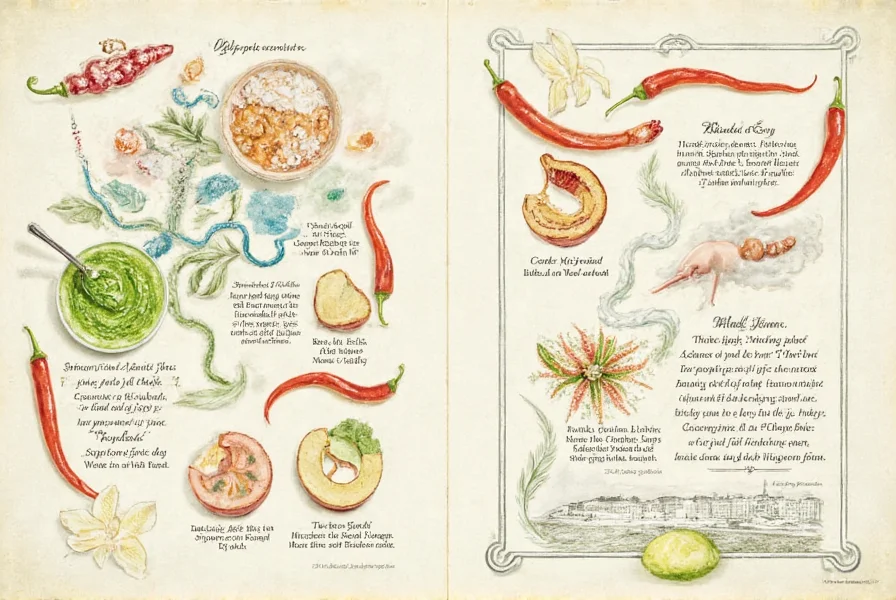
But the real magic lies in its flavor. Unlike many hotter chilies that can overwhelm a dish with capsaicin burn, Aleppo offers a nuanced taste experience:
- Fruity notes: hints of dried cherry or raisin
- Smoky undertones: subtle barbecue-like depth
- Citrusy finish: a faint tang reminiscent of sun-dried tomatoes
This makes it perfect for enhancing flavor without stealing the spotlight—a quality that has made it a go-to for seasoned cooks and adventurous home chefs alike.
Aleppo vs. Other Chili Peppers: A Spice Showdown
To better understand where Aleppo stands among other popular chili varieties, let's compare it side by side:
| Pepper Type | Heat Level (SHU) | Flavor Notes | Best Uses |
|---|---|---|---|
| Aleppo | 10,000–15,000 | Fruity, smoky, slightly citrusy | Grilled meats, roasted vegetables, stews, flatbreads |
| Paprika | 500–1,000 | Sweet, earthy | Stews, rice dishes, garnishes |
| Cayenne | 30,000–50,000 | Sharp, pungent | Hot sauces, spice blends, soups |
| Ancho | 1,000–2,000 | Sweet, chocolatey, raisin-like | Mole sauces, chili con carne, slow-cooked dishes |
| Hatch Green Chile | 1,000–8,000 | Grassy, green bell pepper, nutty | Enchiladas, salsas, grilled cheese |

As you can see, Aleppo strikes a unique balance between heat and flavor complexity. If you're looking for something with a kick but not overwhelming heat, Aleppo is a perfect middle-ground choice.
How to Use Aleppo Pepper in Cooking
Aleppo pepper's versatility shines in a wide array of dishes. Here are five practical ways to incorporate it into your everyday cooking:
- Season Grilled Meats: Sprinkle Aleppo over lamb chops, chicken skewers, or beef before grilling for a deep, aromatic heat.
- Elevate Roasted Vegetables: Toss carrots, eggplant, or zucchini in olive oil and Aleppo before roasting for a warm, smoky finish.
- Spice Up Hummus or Baba Ganoush: Mix a pinch into your next batch of dips for an earthy warmth that complements tahini beautifully.
- Enhance Grain Bowls: Stir into quinoa, couscous, or farro for a quick flavor boost.
- Add to Pickling Brines: Aleppo adds a surprising twist to pickled vegetables like onions or cucumbers.
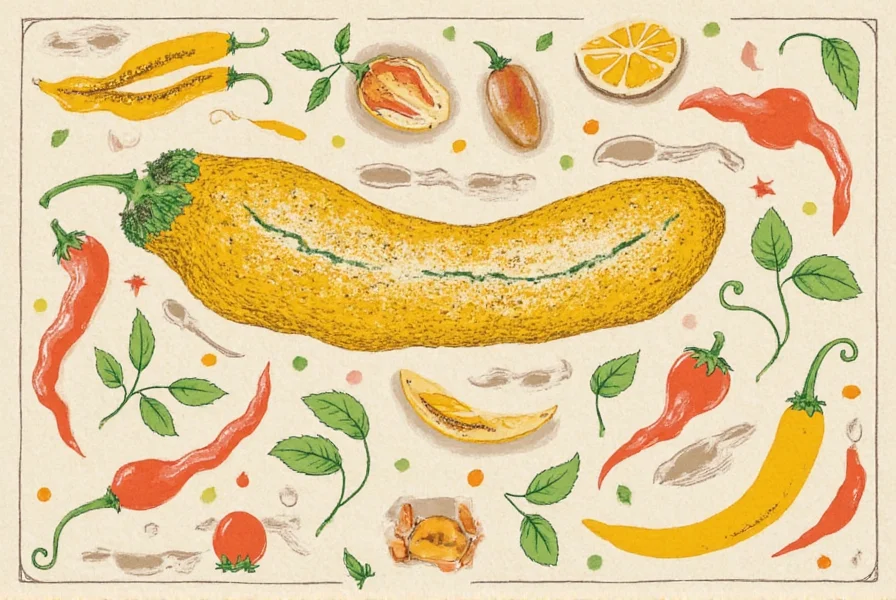
Bonus tip: Combine Aleppo with sumac or za'atar for a bold, regional flavor profile that brings Middle Eastern flair to any dish.
Buying Guide: Choosing the Best Aleppo Pepper
Not all Aleppo pepper is created equal. With the disruption of traditional supply chains from Syria, many products labeled as "Aleppo" are either diluted with other spices or sourced from different regions. Here's how to choose a high-quality version:
Key Features to Look For
- Natural red color: Should appear vibrant, not dull or brownish
- Moisture level: Authentic Aleppo flakes should feel slightly pliable, not rock hard
- No fillers: Check the label—should contain only dried pepper, maybe a touch of oil
- Origin information: Products from Syria, Turkey, or Lebanon tend to be the most authentic
Top Picks for Quality Aleppo Pepper
| Product | Features | Advantages | Use Cases | Target Audience |
|---|---|---|---|---|
| Zeyneloğlu Turkish Aleppo Pepper Flakes | 100% natural, sun-dried, no additives | Rich flavor, pliable texture, easy to use | Kebabs, mezze, dressings | Home cooks and spice enthusiasts |
| Mideast Spices Authentic Syrian Aleppo | Rare pre-war harvest, imported directly | Exceptional depth of flavor, limited stock | Gourmet dishes, special occasions | Professional chefs and collectors |
| California Grown Aleppo Powder | Locally grown, sustainable farming | Eco-friendly, fresh, consistent quality | Everyday cooking, spice mixes | Eco-conscious consumers |
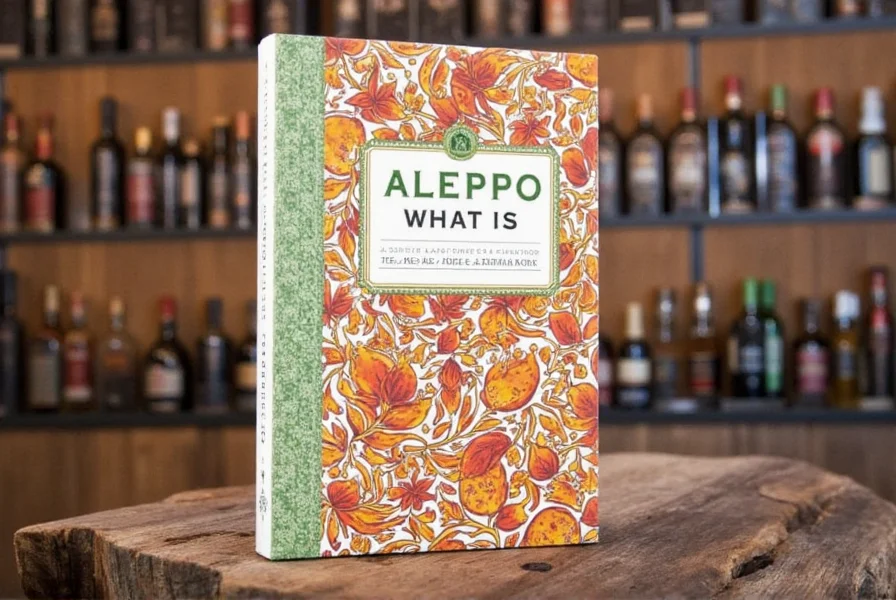
Storage Tips for Freshness and Flavor
Like most spices, Aleppo pepper loses potency over time when exposed to air, light, or moisture. Here's how to keep it tasting its best:
- Use an airtight container: Glass jars with tight lids work best.
- Keep away from heat: Don't store near the stove or oven.
- Buy in small batches: Since it's perishable, buying large quantities isn't always ideal unless you cook frequently.
- Freezing option: For long-term storage, keep in a sealed bag in the freezer to preserve color and aroma.
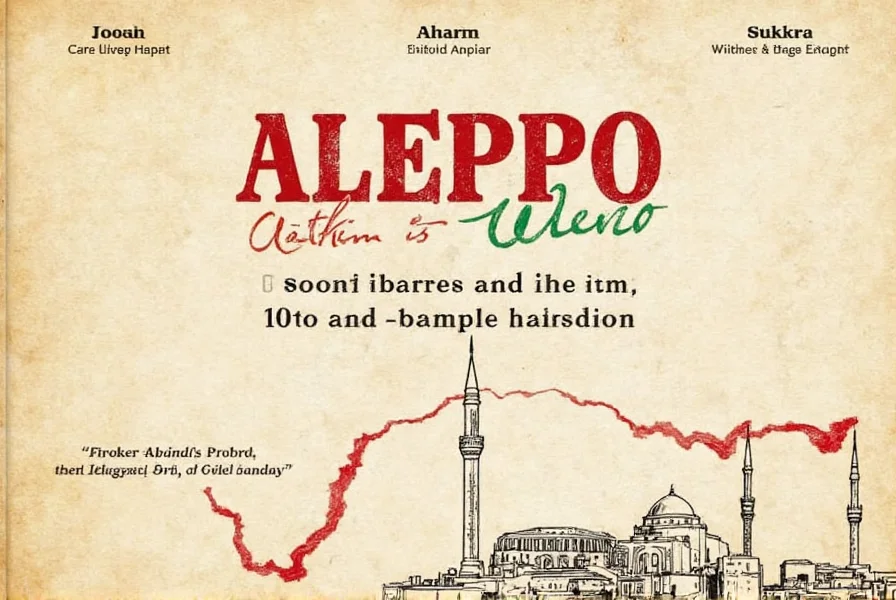
Frequently Asked Questions About Aleppo Pepper
What is Aleppo pepper?
Aleppo pepper is a moderately spicy chili originating from Syria, named after the city of Aleppo. It's made from sun-dried Halhall peppers that are coarsely ground into flakes or powder. With a heat level of 10,000-15,000 SHU (Scoville Heat Units), it offers a unique flavor profile featuring fruity notes like dried cherry, subtle smokiness, and a citrusy finish. Unlike many hot peppers that focus primarily on heat, Aleppo pepper is prized for its complex flavor that enhances dishes without overwhelming them.
Is Aleppo pepper the same as crushed red pepper?
No. Crushed red pepper usually contains a mix of chilies (like cayenne and others), giving it a sharper, more aggressive heat. Aleppo is smoother, fruitier, and less intense.
Can I substitute paprika for Aleppo?
You can, but the flavor will differ significantly. Paprika is much milder and lacks the depth of Aleppo. For a closer match, combine smoked paprika with a pinch of cayenne and a dash of lemon zest.
Is Aleppo pepper spicy?
It's moderately spicy—think jalapeño-level heat but with more complexity. Most people find it approachable without being overpowering.
Where can I buy real Aleppo pepper?
Look for specialty spice shops, online retailers focusing on Middle Eastern ingredients, or local Mediterranean markets. Always check origin and ingredient lists.
How does Aleppo pepper compare to other common chili peppers?
Aleppo pepper sits between mild and medium heat (10,000-15,000 SHU), making it hotter than paprika but milder than cayenne. Its unique selling point is its complex flavor profile with fruity, smoky, and slightly citrus notes—unlike many chilies that focus primarily on heat. It's more versatile than single-note hot peppers and works well in dishes where you want flavor enhancement rather than just heat.
Conclusion
So, 'Aleppo what is?' becomes more than just a question—it opens the door to a world of flavor, history, and culinary creativity. Whether you're a seasoned chef or a weekend grill master, Aleppo pepper is worth seeking out for its ability to elevate dishes with warmth, complexity, and a touch of cultural richness.
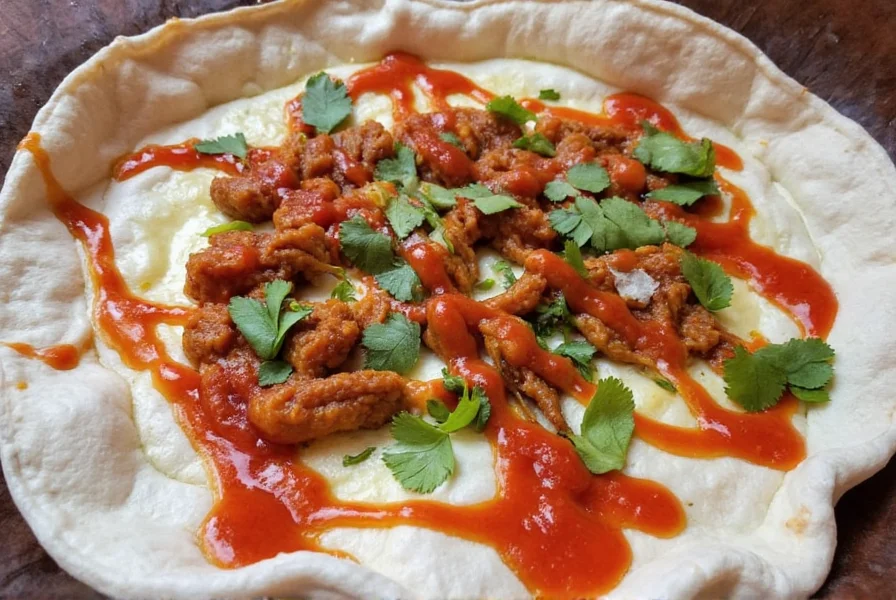
From grilling meats to seasoning grains and dips, this spice proves that sometimes the best flavors come from the most unexpected places. So go ahead—add a jar of Aleppo to your spice rack. Your taste buds will thank you.

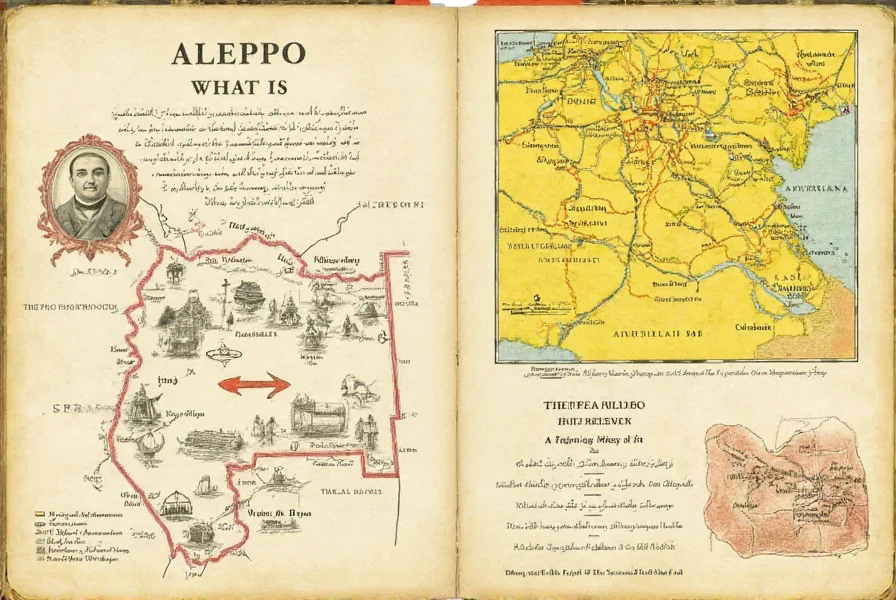









 浙公网安备
33010002000092号
浙公网安备
33010002000092号 浙B2-20120091-4
浙B2-20120091-4